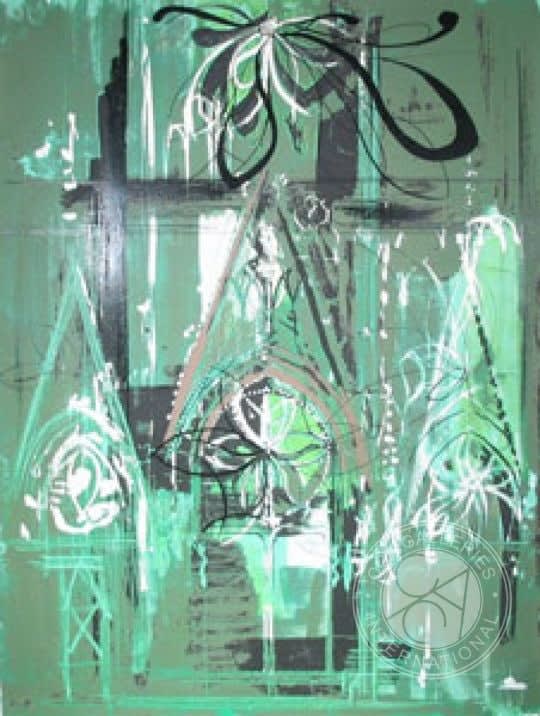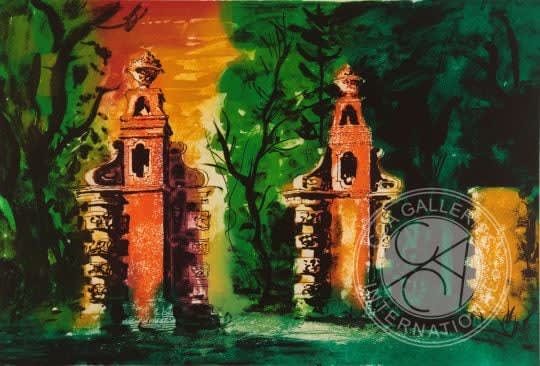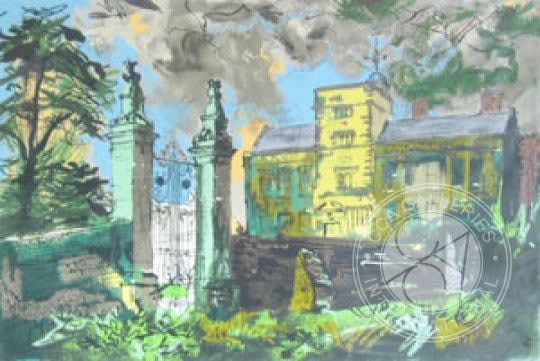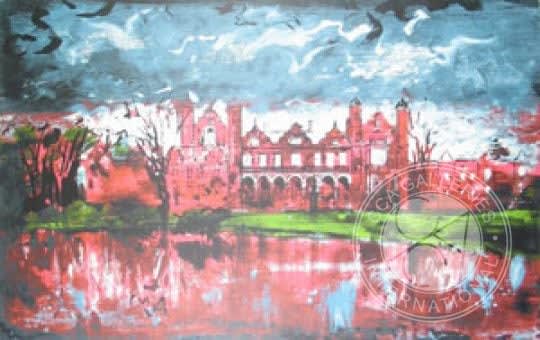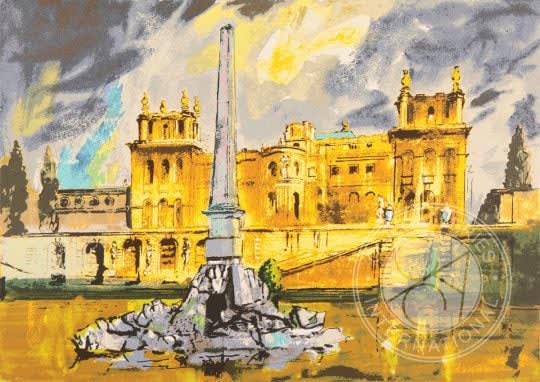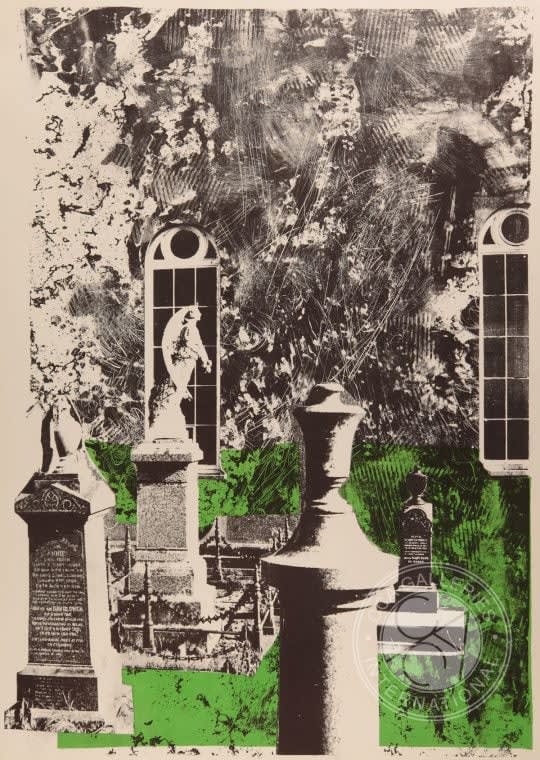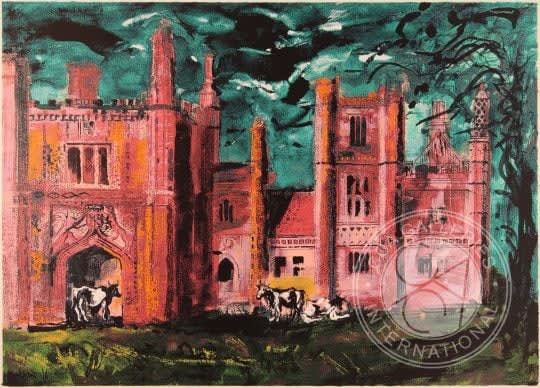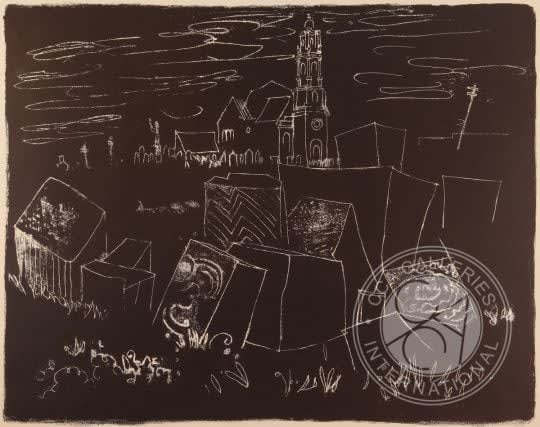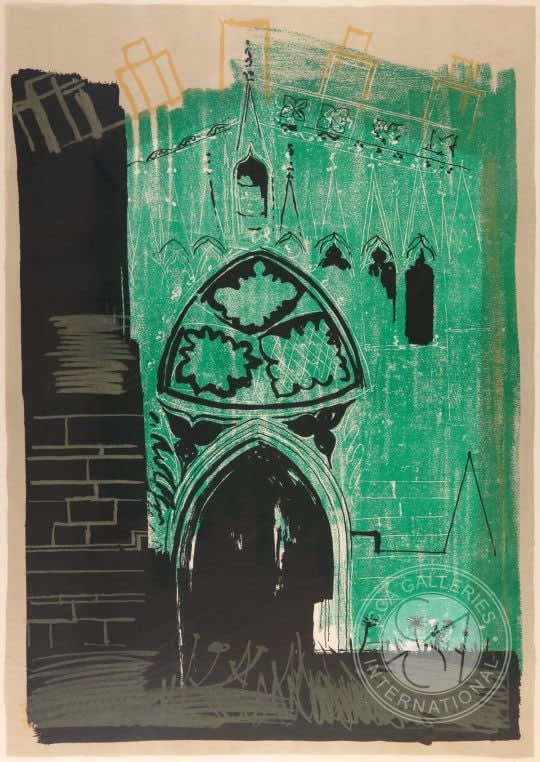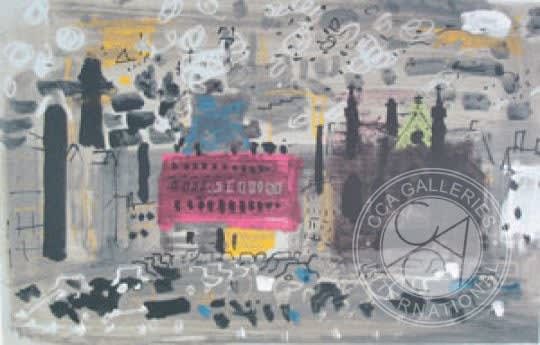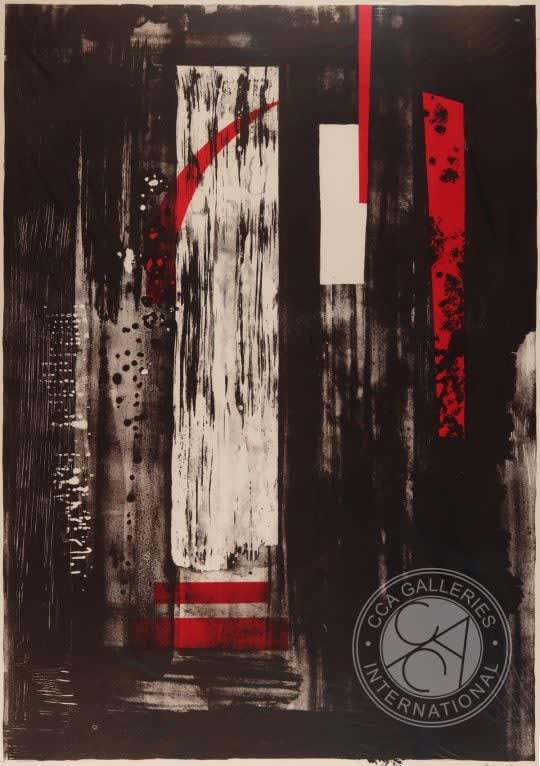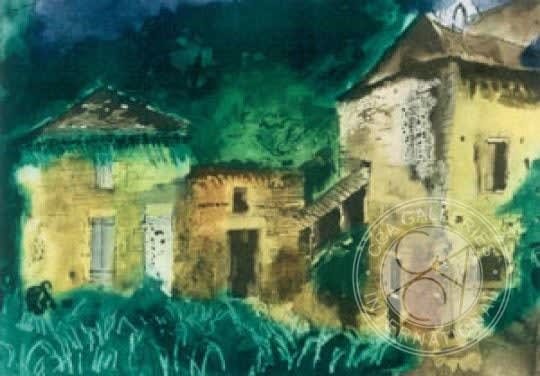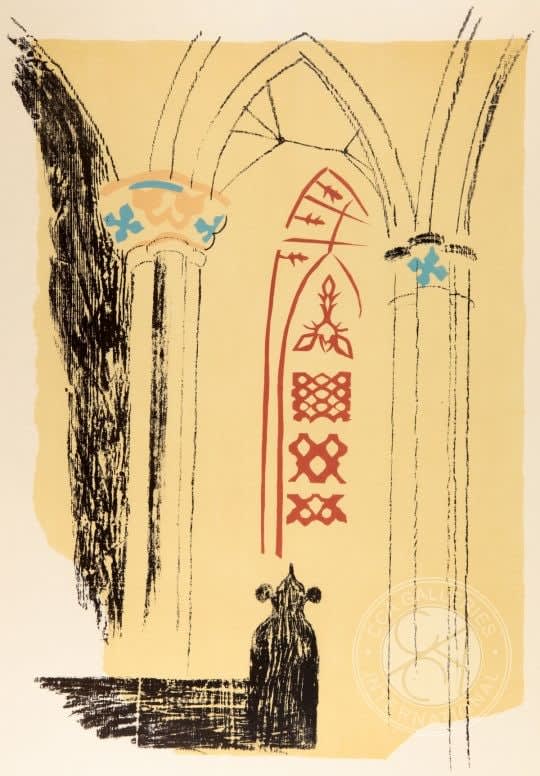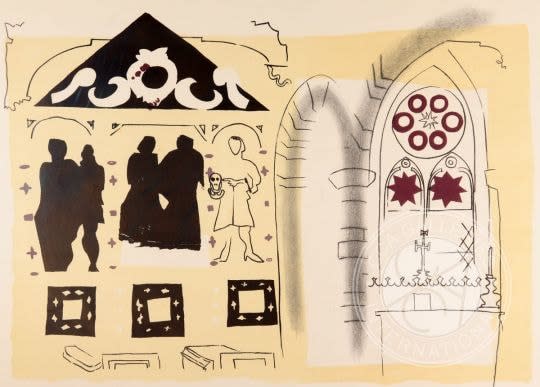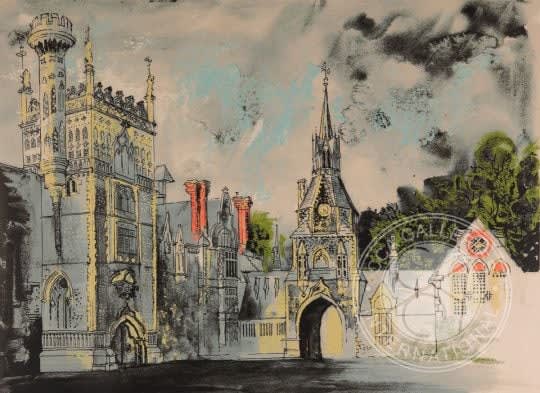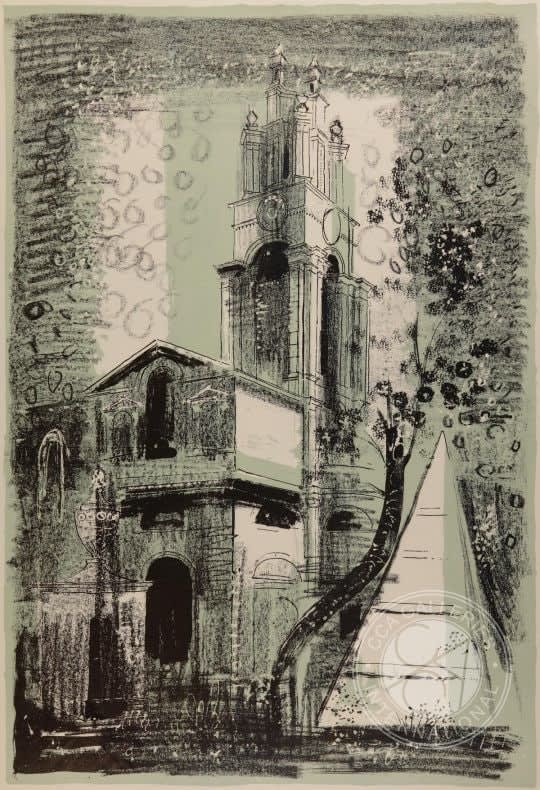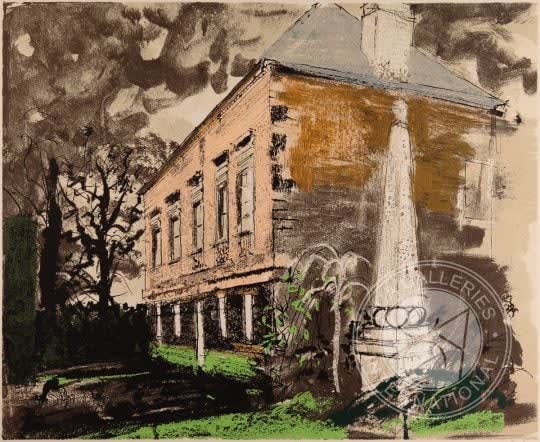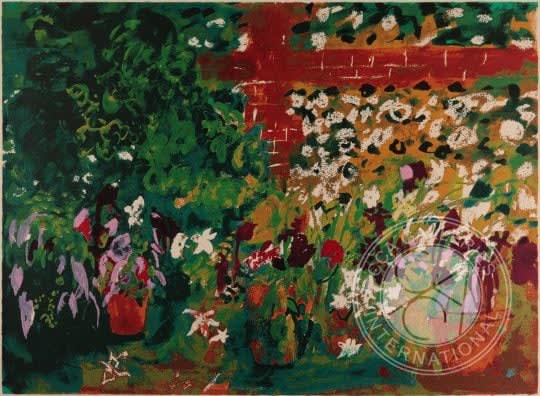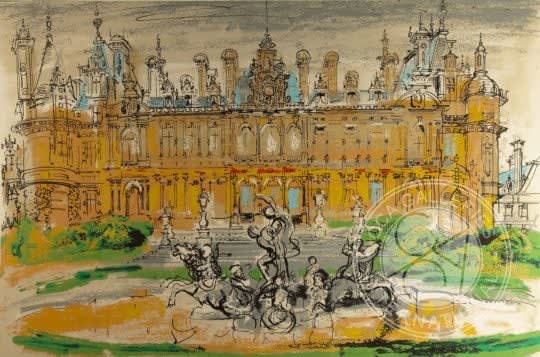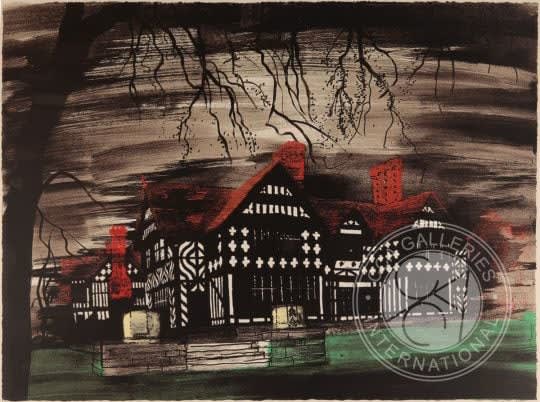-
 Abbeville St Wolfrun
Abbeville St Wolfrun -
 Arbroath
Arbroath -
 Blenheim Gates
Blenheim Gates -
 Canons Ashby
Canons Ashby -
 Capesthrone
Capesthrone -
 Duchene Fountain Blenhiem
Duchene Fountain Blenhiem -
 Dylwyn Church
Dylwyn Church -
 East Barshaw Manor
East Barshaw Manor -
 Easton, Portland, Dorset: St George Reforne
Easton, Portland, Dorset: St George Reforne -
 Gaddesby, Leicestershire
Gaddesby, Leicestershire -
 Halifax
Halifax -
 Leckhampstead, Berkshire
Leckhampstead, Berkshire -
 Les Junies
Les Junies -
 Lewknow, Oxfordshire
Lewknow, Oxfordshire -
 Llan-y-Blodwell
Llan-y-Blodwell -
 Near Newcastle Emlyn, Cardigan
Near Newcastle Emlyn, Cardigan -
 Penybont Ford Congregational Church
Penybont Ford Congregational Church -
 Rudbaxton, Pembrokeshire
Rudbaxton, Pembrokeshire -
 Shadwell Park
Shadwell Park -
 St Anne's, Limehouse
St Anne's, Limehouse -
 St Helen Hall
St Helen Hall -
 St Kew, Cornwall
St Kew, Cornwall -
 Terrace with Morning Glories
Terrace with Morning Glories -
 Terrace with Red Pots
Terrace with Red Pots -
 Waddesdon
Waddesdon -
 Wightwick Manor
Wightwick Manor
